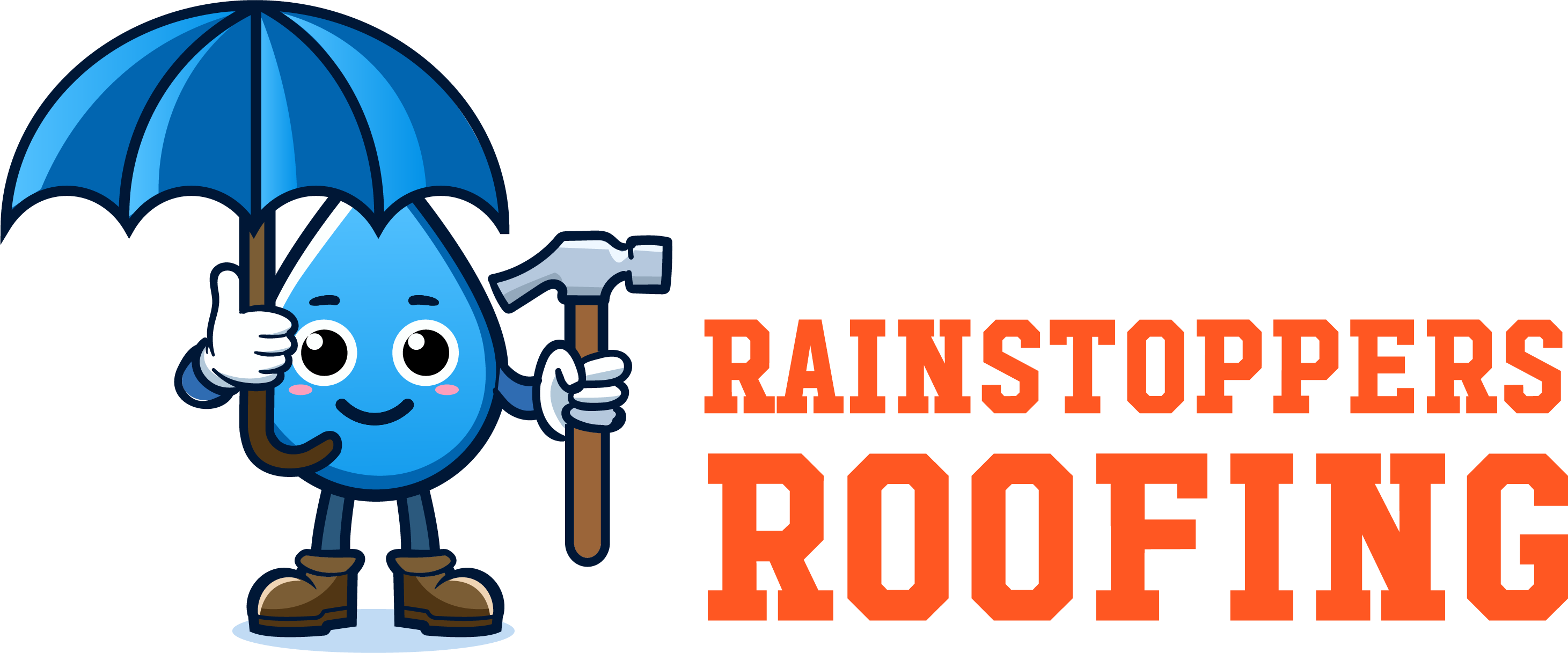
Roofing professionals use specific terminology to streamline their work, with “square” being a fundamental unit of measurement. Rainstoppers Roofing in Charleston, WV, provides a clear breakdown of this term and its practical applications in roofing projects.
What Is a Roofing Square?
A roofing square refers to a 10-foot by 10-foot section of roofing material, equating to 100 square feet. It is the standard unit used by roofers to calculate the total area of a roof, aiding in estimating the amount of material needed.
How Many Squares Does Your Roof Have?
To determine the number of squares on your roof:
- Measure the total square footage of your roof.
- Divide the total by 100.
For example, a 2,000-square-foot roof has 20 squares.
Factors Influencing Roofing Square Calculations
Roof Pitch
Roof pitch affects the actual square footage of materials required. Steeper roofs increase the surface area, necessitating more materials.
Pitch Multiplier Table
For steeper roofs, use the following multipliers to adjust your square footage calculation:
- 1/12 Pitch: 1.0035
- 4/12 Pitch: 1.0541
- 12/12 Pitch: 1.4142
Material Type and Bundles
Roofing materials like shingles are typically sold in bundles. Each square often requires three bundles of standard shingles, though this can vary depending on the type and manufacturer.
Unique Fact: The price per square of roofing material ranges from $80 for basic asphalt shingles to $2,500 for premium tile, making material selection a critical decision in budgeting.
Determining Costs Per Square
Price Breakdown by Material
- Asphalt Shingles: $80–$250 per square.
- Metal Roofing: $300–$1,300 per square.
- Tile Roofing: $300–$2,500 per square.
- Slate Roofing: $600–$1,600 per square.
Labor and additional factors like underlayment and flashing also contribute to the overall cost.
Steps to Measure Your Roof
- Identify Roof Planes: Count the individual sections of your roof.
- Measure Each Plane: Multiply length by width for each plane’s area.
- Add the Areas: Combine all plane measurements for the total square footage.
- Adjust for Pitch: Use the pitch multiplier to refine your calculation.
- Divide by 100: Calculate the total number of squares.
If this process feels daunting, use professional tools like roofing calculators or consult an expert.
FAQs
1. What is the purpose of using squares in roofing?
Squares simplify the process of estimating materials, reducing errors in measurement.
2. How does roof pitch affect material requirements?
Steeper pitches increase the roof’s surface area, requiring more material.
3. Can I calculate the number of squares without accessing the roof?
Yes, aerial imagery and online tools can provide accurate measurements.
4. What is the average cost to replace a square of roofing?
Costs vary by material but typically range from $80 to $2,500 per square.
5. Why are roofing squares used instead of square feet?
Squares offer a standardized measurement, streamlining communication and calculations for roofing professionals.
Conclusion
Understanding roofing squares is essential for planning a roof replacement or repair. This simple yet effective measurement helps ensure accurate material estimates and cost planning. To find out if you can walk safely on a Tesla solar roof, click here.
